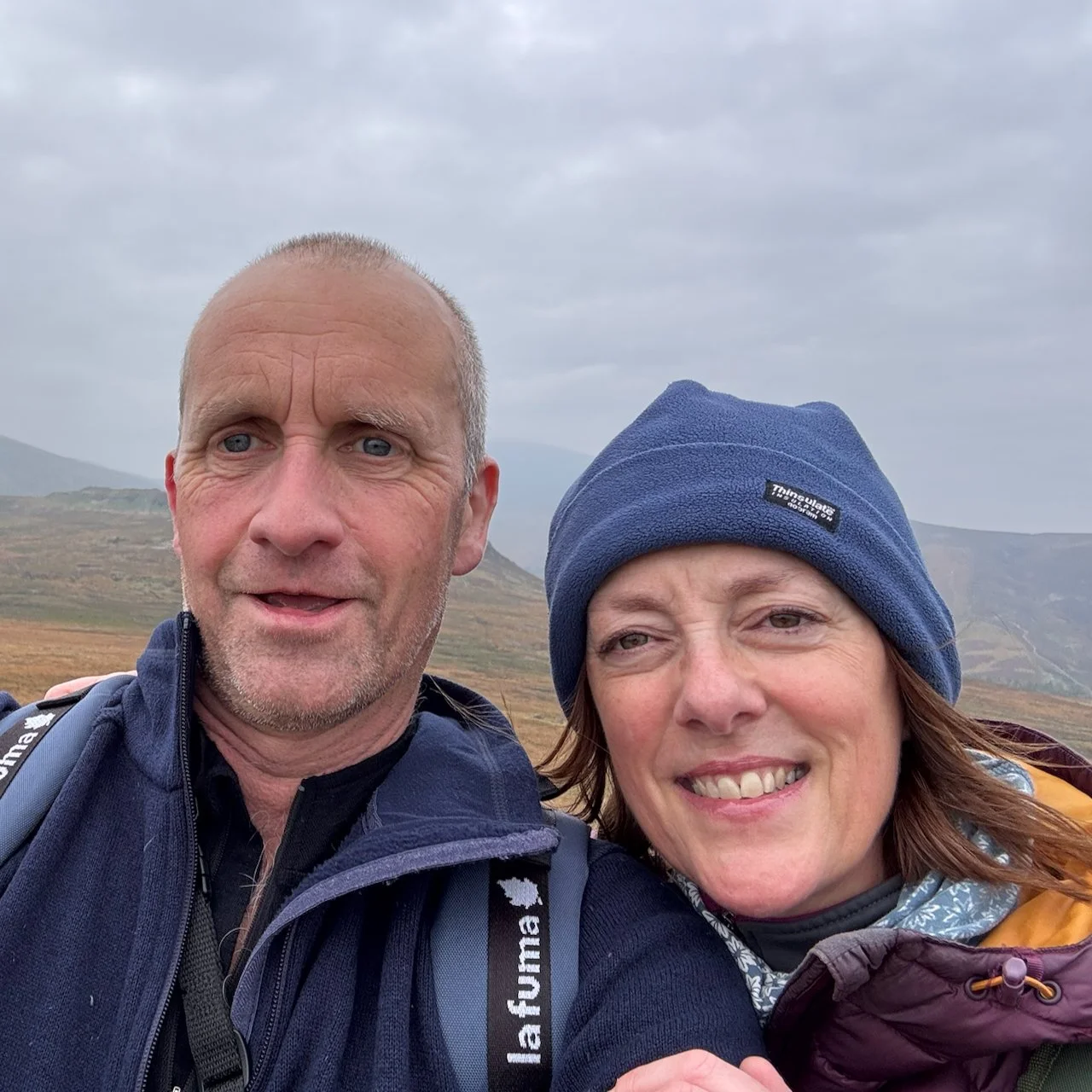X-Pan Anniversary
Recently, my missus and I celebrated our 28th wedding anniversary, and as we both had a weekend free of work, we took ourselves up to the Cheviot Hills in Northumberland National Park— the place that I often camp overnight by myself, and somewhere that I never get bored of. The barren, desolate nature of the landscape is one of its attractions, and unlike the Lake District/Snowdonia/Yorkshire Dales, it never suffers the masses of tourists with loud voices that blight much of the beautiful countryside of this small island. Outside the school holiday periods, and especially in the winter months, it’s an escape from the everyday world with a vast area devoid of other people but within a 40-minute drive from my door.
On this occasion, I decided to take the Hasselblad with me to see if there was anything worth capturing in a slightly different format to usual. The X-system cameras have a mode which employs the X-Pan crop when shooting. For those who aren’t aware, Hasselblad— a brand dedicated solely to medium-format cameras designed for professional use— created a film camera called the X-Pan many moons ago which used 35mm film. Its feature was that it could be switched from the normal 24x36mm format (generally known as 35mm) to a 24x65mm panoramic format. This was a unique frame size which was adopted by landscape and architectural photographers across the globe. It was superseded by the version II, and discontinued in 2006 as digital capture began to take off. The cameras and three available lenses are now traded on the second-hand market for thousands of pounds— sought after by film photography enthusiasts and professionals alike.
Nowadays, the Hasselblad X1 and X2 series produce huge files of 50 and 100mp respectively, so cropping images into an X-Pan format is easily done in any post production. Having the crop done at the shooting stage however, forces the photographer to assess the scene directly which results in a more considered composition. I decided to have a bash at taking some panoramic frames whilst out in the wilderness with my X1Dii-50c body and 28mm lens.
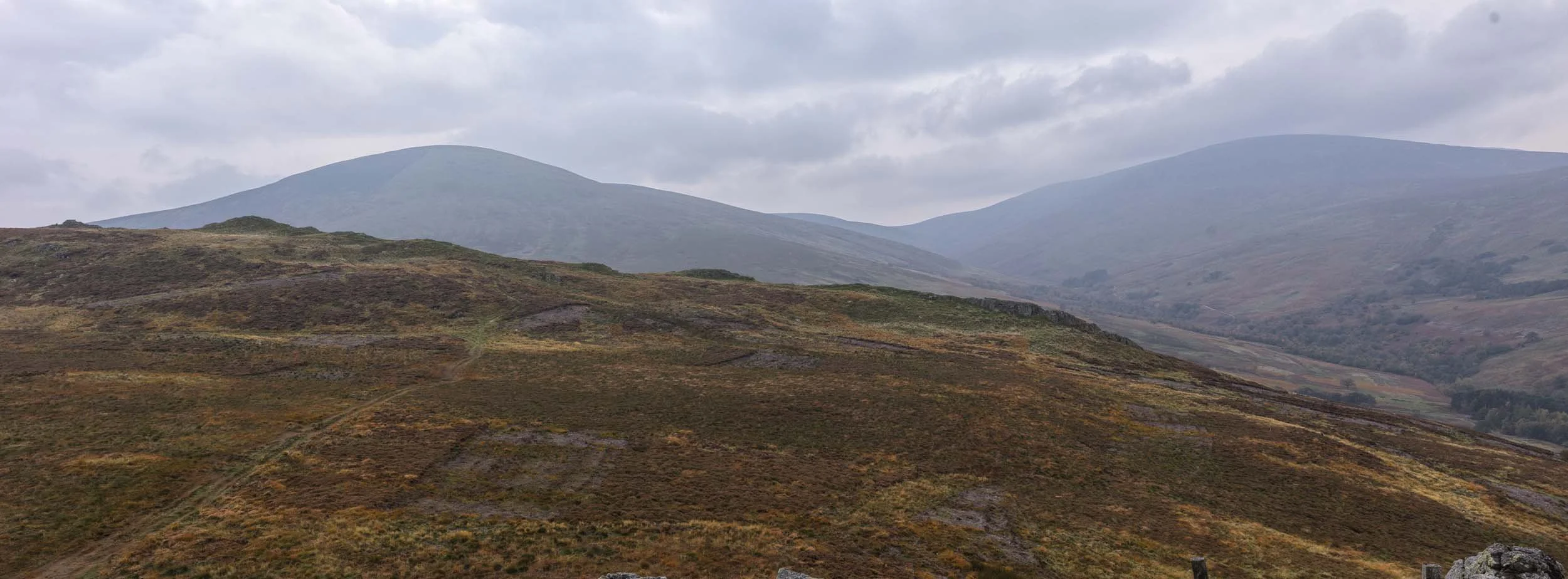
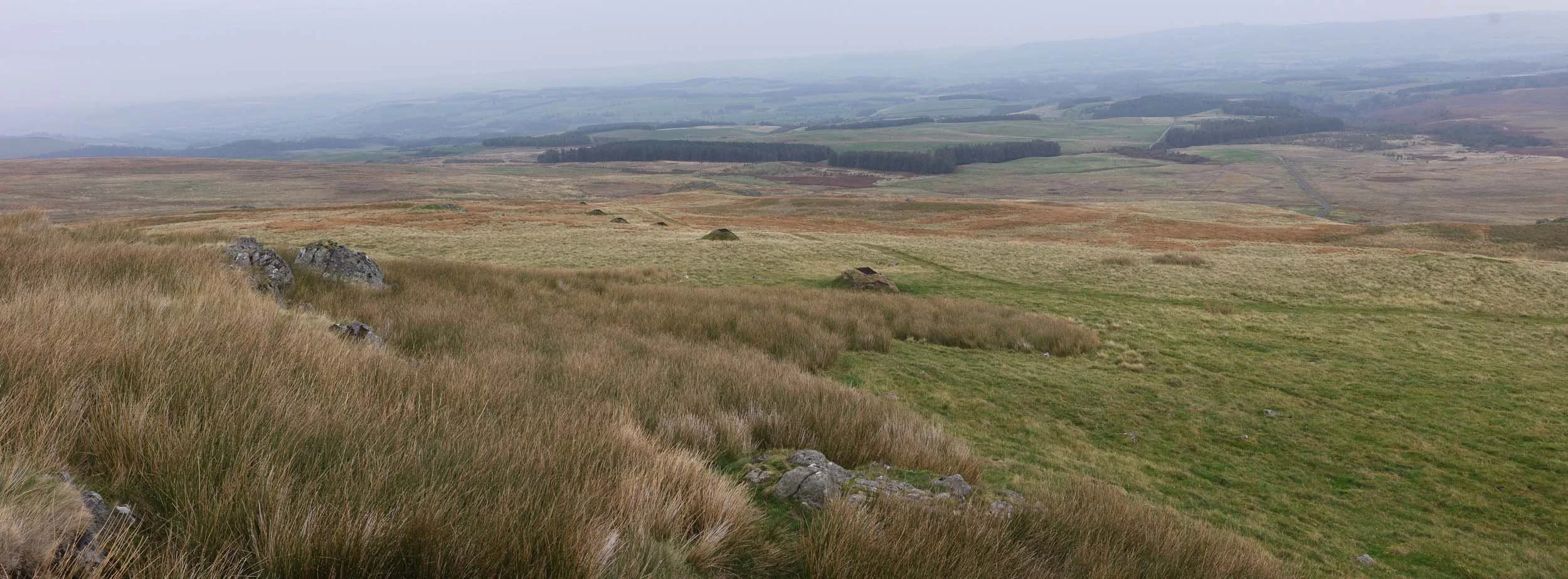

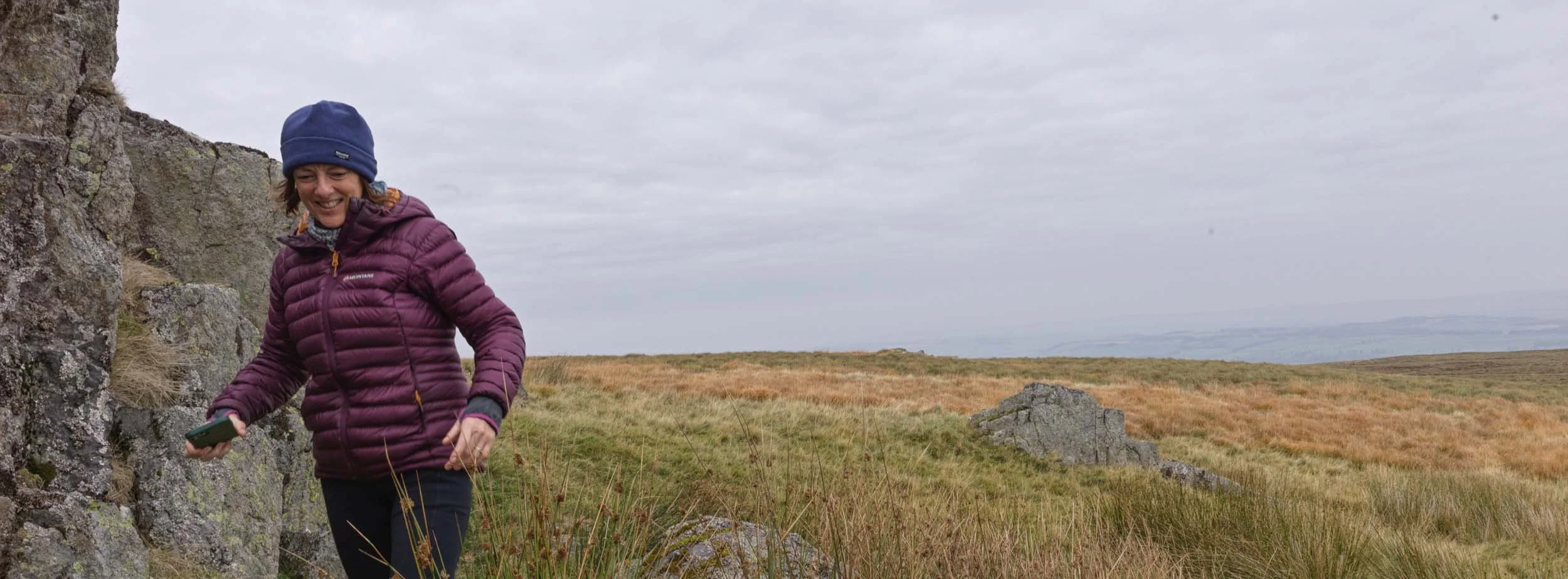
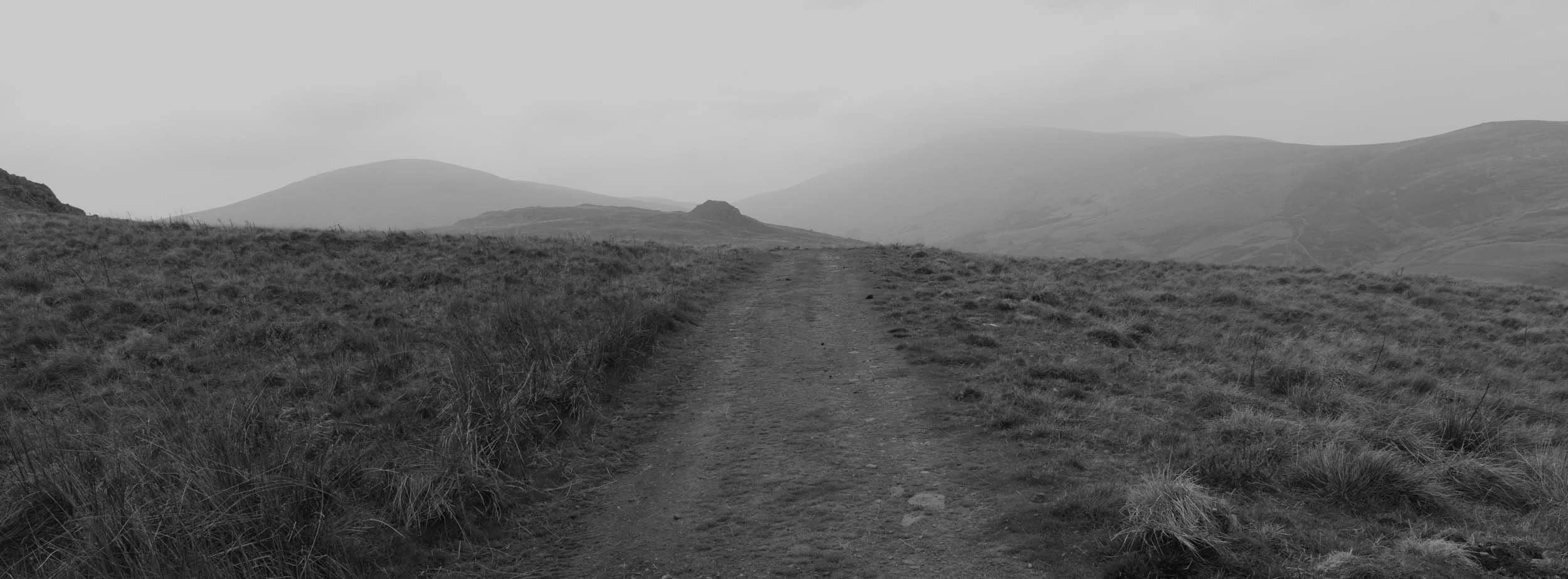
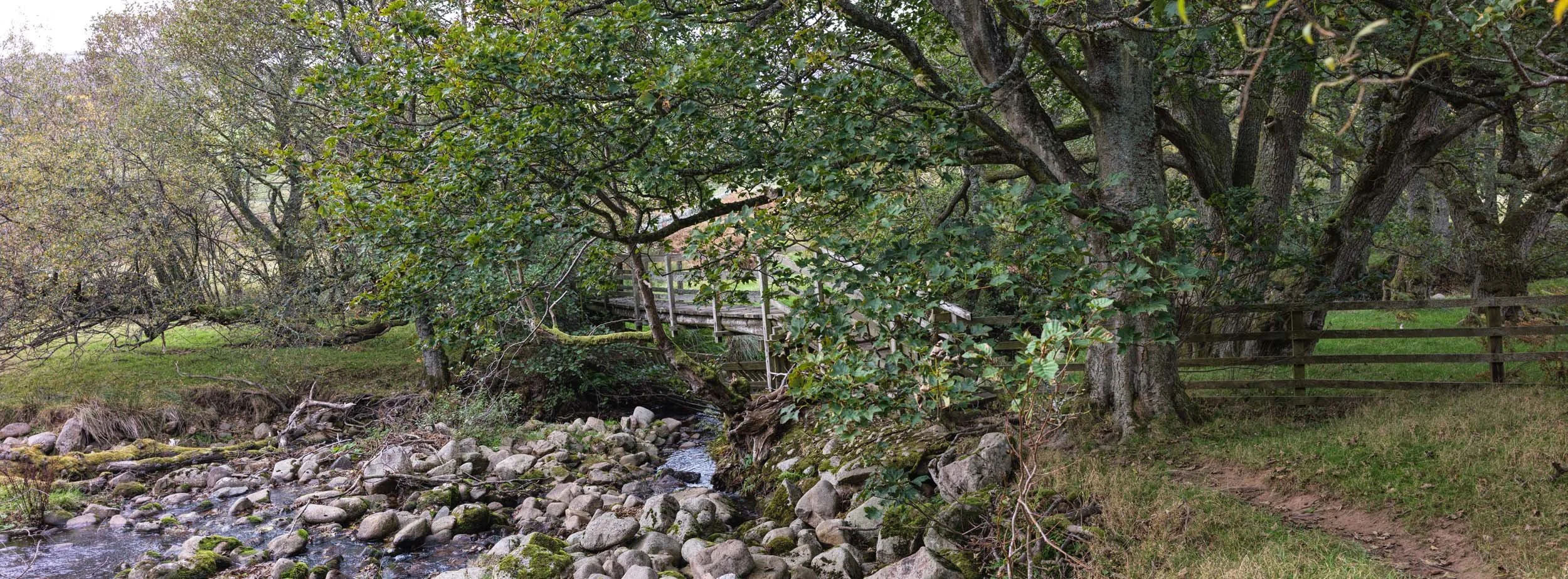
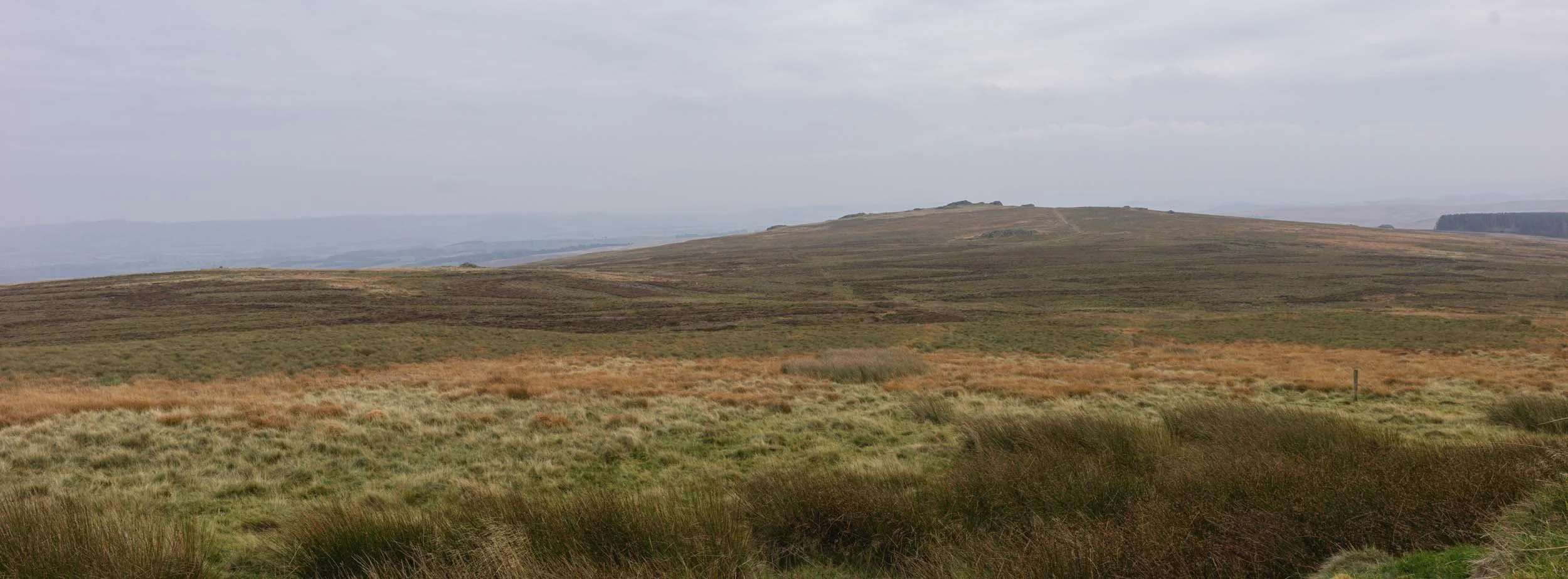
Now there’s nothing particularly spectacular about the images shot - it was an entirely dull, dreary day with no sun, no contrast, and no time to hang around waiting for the right time. Landscape guys can literally spend months revisiting a spot to attain the perfect conditions for that incredible view you see in a calendar, so I certainly wasn’t going to hit the jackpot on a random afternoon in October. These are JPEG conversions straight out of the raw converter with no subsequent Photoshop manipulation.
Using the Hasselblad proprietary Phocus software to work on the raw files brought out details and colour that was out there on the fells. I converted one file to B&W just to see how it looked (a bit rubbish), but overall I was pleased with learning a bit more about the camera’s workflow. It’s definitely not a “pick up and go” bit of gear, so I’m gaining experience as I go along. Once I’ve saved enough for a second lens (no more borrowing until further notice), I’ll begin transferring some work shoots to the Hasselblad with a view to strengthening my portfolio in readiness for the 2026 marketing push.
…..and for those wondering, I did have a more traditional anniversary evening involving a visit to a seafood restaurant in the port of Amble later on!
